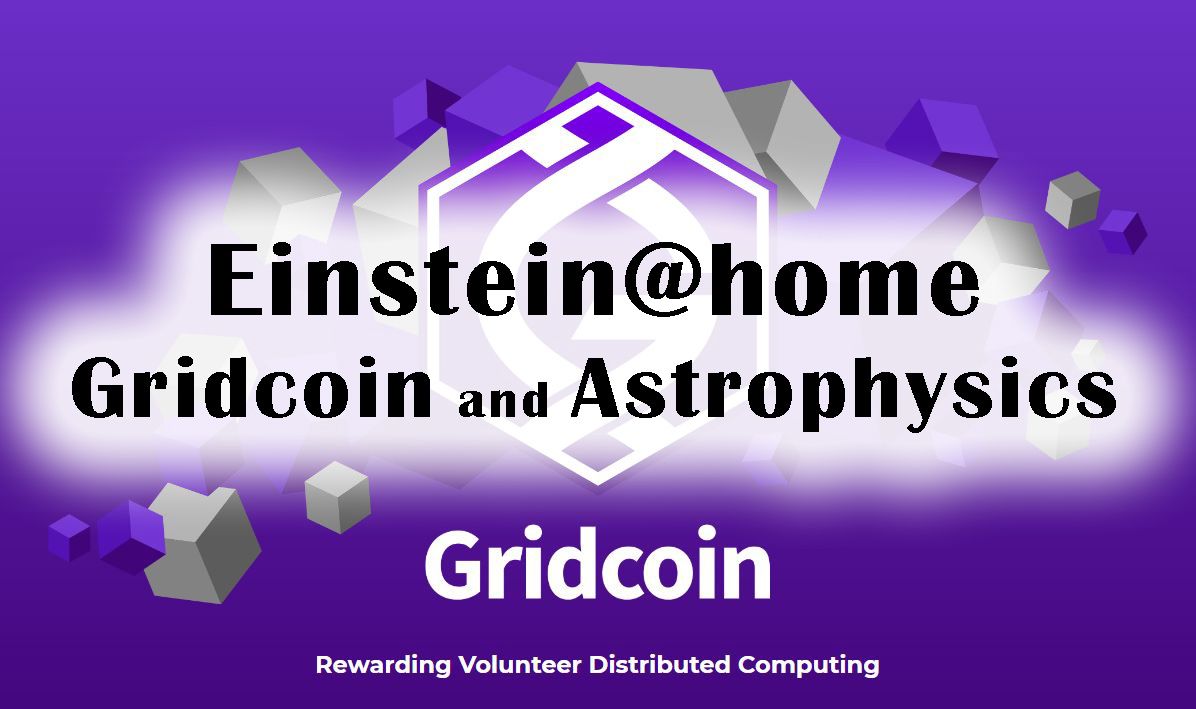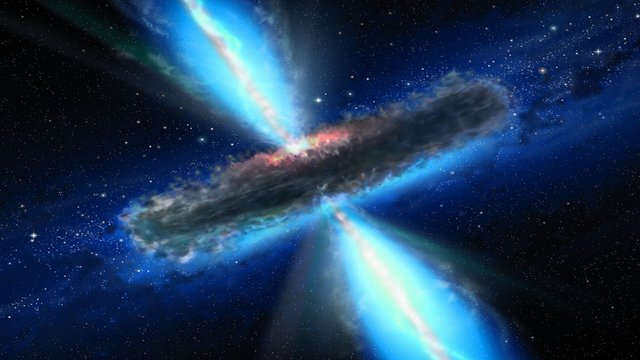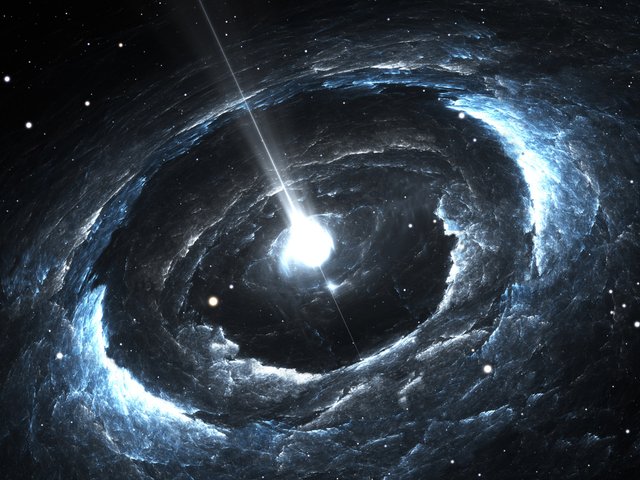Einstein@home #2 - Gridcoin powered project in advantage of Astrophysics!
I recently wrote an article about a Gridcoin powered project, named after Albert Einstein. I did a further research about this project and read various articles about it, and the more I read, the more interesting seems this whole matter. And of course, I already run this project on my computer.
One of the interesting stuff around this project was mentioned by @vortac in my previous Einstein@home post from the last week:
"If you happen to discover a new pulsar with your PC, expect to receive a framed Discovery Certificate and to see your name and discovery published in The Astrophysical Journal"
This is really possible scenario, although the chance of this happening is very very minor and you cant really expect this. But who knows maybe you will be the next big winner.

The two pulsars discovered by Einstein@Home that were recently published. Source: http://www.aei.mpg.de/2232960/radioquietmsp
In a Research News, published in February this year, two fast rotating stars were introduced. It was actually the Distributed volunteer computing project, which was responsible for finding these rapidly rotating neutron stars in data from Fermi gamma-ray space telescope. The Einstein@home project unites tens of thousands of people from all around the globe in their aim to help making some new discoveries in the field of gamma-rays. The findings of the two new pulsars absolutely raise hopes of detecting of even more millisecond pulsars, which were never observed before.
The first of the two stars, called PSR J1035−6720, rotates at the extremely high 348 times per second, while the second, called PSR J1744−7619, rotates only with 213 RPS. Now that's spectacular, given that the two stars are with the size of a city!
For those who still don't know, the Einstein@home volunteers "donate" the spare computation idle resources of their devices. More than 460,000 volunteers have participated in the project so far, making it one of the largest projects of this kind. Currently, there are about 53,000 computers involved, from 33,000 active volunteers, which share about 6.8 petaFLOPS. This easily will secure Einstein@Home a position among the top 15 supercomputers if it was listed as such.
Since 2005, Einstein@Home gathers and analyzes information from the LIGO gravitational wave detectors and the Virgo Collaborations for gravitational waves from unknown, rapidly rotating neutron stars. 55 new radio pulsars were discovered since the first found pulsar in 2010 and with the data of the Fermi satellite (added 2011) 23 new gamma-ray pulsars were found.
You can read the whole article here: http://www.aei.mpg.de/2232960/radioquietmsp?page=1
Now if that doesn't get you excited, I don't know what can intrigue you. This project is one of the best proofs, that Gridcoin is a absolutely amazing and the ideas it carries are extremely helpful for the whole scientific society.
Let me hear your excuse not to volunteer your PC's idle resources in the sake of the scientific progress...
Bye, and have a nice week!
Helpful links:
https://einsteinathome.org/ - the main website of the project.
https://www.gridcoin.us/ and https://gridcoin.science/ - official Gridcoin websites
https://boinc.berkeley.edu/ - BOINC client instructions and download



This post was upvoted by Steemgridcoin with the aim of promoting discussions surrounding Gridcoin and science.
This service is free. You can learn more on how to help here.
Have a nice day. :)
Those images are truly breathtaking.
Yeah... I really cannot even imagine to observe something just tiny bit of a similar to these pulsars. Absolutely agree with you!